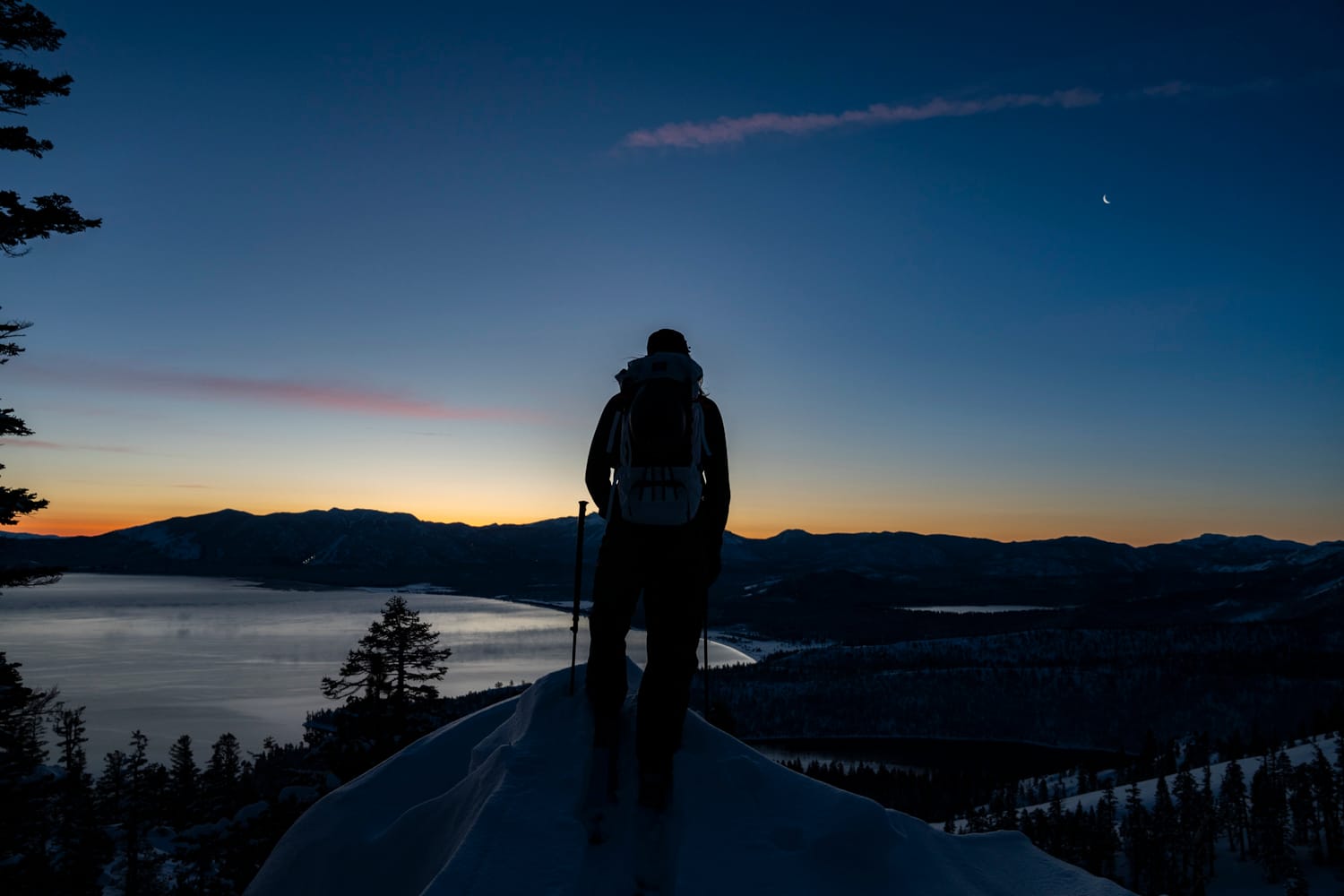On Speed as Safety
Fitness, or uphill speed, is considered a safety trait based on the reasoning that less time spent in dangerous terrain means less time exposed to danger. This conclusion is incomplete, however.

Ski Mountaineering is a wildly diverse and creative practice of mountain movement. It is a sport in which no two turns are the same, no two approaches are duplicated, and hell, even the same line skied a hundred times can feel a hundred ways different. But there is one uniting feature shared between elite level big mountain climbing and skiing enthusiasts: fitness. Fitness levels of big mountain athletes are on par with elite endurance athletes of other sports like running and cycling. Though not a skier, Reinhold Messner could famously run 1000 vertical meters in about 30 minutes. Many modern ski mountaineers—Mali Noyes, Emma Patterson, Matt Ruta, Jack Kuenzle—are racing in the snow on skis as well as competing in the offseason against the best ultramarathoners in the world. Even non-professionals regularly whip out 5,000 to 10,000 vertical feet per day in zones like the Tetons, Wasatch, Rockies, and Sierra. It’s a sport of fitness freaks.

This hyper-fitness is also often categorized as a safety feature in the mountains. Fitness, or uphill speed, is considered a safety trait based on the reasoning that less time spent in dangerous terrain means less time exposed to danger. This conclusion is incomplete, however. While fitness in the mountains is a benefactor of safety, it’s for reasons not wholly related to speed and hence less Time in Dangerous Terrain (which will be referred as TDT going forward).
If one were to stand long enough under a cornice, beneath a serac, or on a rapidly warming slope, that cornice, serac, or slope will eventually break, fall, or slide causing catastrophic results. It’s logical to suggest an Olympic level skimo racer is going to be safer when moving through dangerous mountain features than an average fitness ski tourer.
Let’s do some math to show this.
In the mountains, you’re mainly going up, plus those flat approaches usually don’t happen to take place in dangerous terrain, so the metric for speed we’re going to be using is VAM or Vertical Ascent in Meters/Velocità Ascensionale Media. I typically calculate my uphill speed in freedom units—so Vertical Feet/Hour—but for this exercise, we’re going to use the more universally supported VAM calculation.
- An elite level ski mountaineer, Skier A, should be able to climb at 900-1,000 VAM or 1000 m/h.
- A high level ski mountaineer, Skier B, should be able to climb at 600-700 VAM.
- An average level ski mountaineer, Skier C, should be able to climb at 400-500 VAM.
- An entry level ski mountaineer, Skier D, should be able to climb at around 200-300 VAM.
So with those ascent rates climbing a 1000m couloir:
- Skier A should be atop the couloir in 1 hour.
- Skier B should be atop the couloir in 1 hour and 25 minutes to 1 hour and 40 minutes.
- Skier C should be atop the couloir in 2 hours to 2 hours and 30 minutes.
- Skier D should be atop the couloir in 3 hours and 20 minutes.

The gap between Skier A and Skier D is very large, potentially consequentially large. Skier D spending more than double the time in the same terrain seems incredibly more dangerous and this is the exercise that validates the “speed equals safety” thesis. But at the same time, Skier D starting 2 hours and 20 minutes earlier on a rapidly warming day would negate the fitness advantage Skier A could have along with the hazard both skiers are trying to avoid. Sure, more time is spent in the couloir by the entry level backcountry skier thus increasing odds to random happenstance, but if hazards are related to something like warming, an alpine start equals out exposure to the one hazard. But the main point is, this entire thought exercise is flawed from the beginning and here is why.



